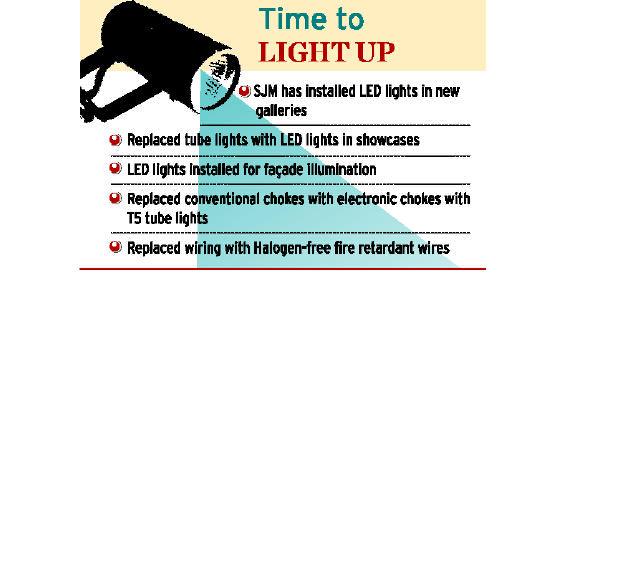The SJM has decided to install a solar power plant to reduce the burden on conventional grid and to minimise its power charges
The rising power bill has forced the Salar Jung Museum (SJM) management to consider tapping solar energy to meet its captive needs. The SJM has decided to install a solar power plant to reduce the burden on conventional grid and to minimise its power charges.
The museum executive committee has already given the go-ahead, and the matter will be placed before the Board for its formal approval shortly. The SJM has already indicated Rs. 4 crore for the solar power plant in the budget projections for 2013-14.
Interestingly, SJM will be the first museum in the country to go for non-conventional energy. It plans to install 500 KW solar power plant on its roof top at a cost of Rs. 5.5 crore. The Ministry of Non Renewable Energy will provide a subsidy of 30 per cent.
However, the museum is looking for big companies, preferably those dealing in solar power, to sponsor the project as part of corporate social responsibility. In return, they can freely advertise their product in the museum, which has a visitor turnout of 12 lakh a month. A win-win situation for both.
“If none comes forward, we are prepared to go for the solar plant on our own,” says A. Nagender Reddy, Director, SJM. The New and Renewable Energy Development Corporation of A P (NREDCAP) carried out a detailed survey of the museum premises recently and found ample space on the roof top of three buildings to install 500 KWp solar power plant to generate about 2500 KWh units of power a day. In a month the plant will generate nearly 75,000 KWh meeting 50 per cent of museum power requirement. The SJM power consumption is 4,851 units on an average a day. The average monthly consumption comes to 14,5,529 units. Annually the museum shells out a whopping Rs. 1.50 crore towards power charges.
Recently the SJM installed a 500 lpd capacity solar water heating plant at a cost of Rs. 64,000 to meet the needs of families of CISF personnel.
By going for solar power the museum hopes to save Rs. 7 to 8 lakh a month and recover the investment in about four years.
source: http://www.TheHindu.com / Home> News> Cities> Hyderabad / by J.S. Ifthekhar / February 01st, 2013
